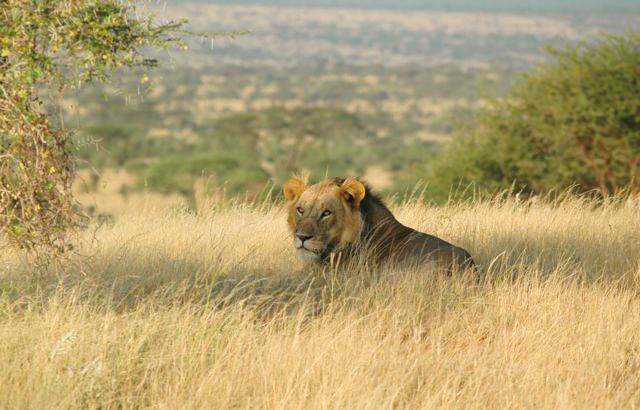Shivani Bhalla
The objective of this research is to ensure a harmonious co-existence between lions and humans, as well as identifying other factors that effect the lion population in Northern Kenya.

Lions are facing increasing pressures that threaten their long-term survival: conflict with humans and the destruction of their habitat has seen an estimated 90% decrease in the lion population within the last two decades. The study area in question; Samburu, Buffalo Springs and Shaba National Reserves and environs in Northern Kenya; has not seen any prior study of this type. The growing human population has been to the detriment of lions, and this research is therefore essential to the preservation of the species in the region.
The objective of this research is to ensure a harmonious co-existence between lions and humans, as well as identifying other factors that effect the lion population in Northern Kenya. Furthermore, the destroying of habitat and feeding options has now caused the lion to target the Grevy zebra whose whole existence is threatened, and so this problem also needs to be addressed. Overall, this research on lions goes beyond that single species and encompasses interactions with humans and other animals as well.
The study will commence with a comprehensive lion census, which will identify prides and nomads. Certain lions will have radio-collars attached, so that their roaming areas and activities (such as target prey) can be monitored. Local communities will also be consulted, which will include the compiling of villagers attitudes to lions and the impact of these predators on their livestock. Finally, the completed data will be collated; problems will be identified, and effective strategies formulated to counter the diminishing lion population in Africa.
The results from this study will enhance the survival of a vulnerable and rare species by gaining a better understanding of the issues facing the future of the lions in and around protected areas. The findings will be distributed to local stakeholders in the area, including the local county councils who manage the reserves and the Kenya Wildlife Service who has the jurisdiction and control over all wildlife in Kenya. In addition, I hope to publish my results on this subject, which can be utilised throughout Africa and in international forums.